Striking Black and White Portraits from Columbia’s Canceled Photo Show
This article originally appeared on VICE US.
Under the tutelage of conceptual photographer Rachel Stern, Columbia University’s Undergraduate Photography I class produced a range of amazing portraits this year. One powerful photo by Katherine Calderon features an old Chevy Impala parked outside of a midcentury-looking building—the only indication of the modern era is a white SUV in the reflection of the Impala’s window. Another stunning photograph taken by student Julian Tung features two people sitting on opposite sides of the same tree, connected through time and space, but entirely disparate in their experiences. There were a number of other outstanding images of friends and family that investigated themes of identity, travel, and the oddities of everyday life. Unfortunately, these impressive photos were not presented in the customary final exhibition that happens at the end of every semester. The class’s final show was canceled by the students in solidarity with the Graduate Workers of Columbia.
The GWC formed a union in 2016, bringing together graduate student employees working as research assistants and teaching assistants at Columbia University to create a better work environment. By January of this year, Columbia still hadn’t recognized the GWC or agreed to bargain with it. This ignited a university-wide strike. For five days in April, more than 1,500 research and teaching assistants, community leaders, elected officials, and alumni walked the picket line.
If Rachel Stern’s class had hosted their final exhibition show, it would have caused her students to cross that picket line and undermined the GWC’s efforts. Instead, they hosted their final critique at a meeting room in the New York Public Library and they are exhibiting their work right here on VICE.com.
Scroll down to see the student’s photos and read a conversation we had with professor Rachel Stern and the Graduate Workers of Columbia about the art of the undergrads, the strike of the graduate students, and the solidarity between the two groups.
VICE: What motivated the establishment of a union in the first place?
Graduate Workers of Columbia: We want a union so we can have a binding contract and the chance to advocate for better protections against sexual harassment and assault, gender equity, dental insurance, and basic health and safety protections at our work places. We want to work together with our administration to make Columbia a more just and inclusive place for everyone to come to study, conduct research, and teach.
How did the strike affect the community in general and how has the campus climate since changed?
The strike has brought our campus closer together. For many, it led to increased conversations about the importance of the work that we provide for the university. Support for our union and our fight has grown among our colleagues and community. Our strike ended after five days with a promise that we will continue to mobilize and we will strike again if the administration does not heed our voices.
Why did you and your students feel compelled to make work “in solidarity” with the strikers?
Rachel Stern: In our class, we are asked to look at the world and represent it as a means to engage in the most critical conversations and salient emotions. I ask my students to tell the truth as plainly as they see it and to engage in that work understanding that it is an impossible feat.
As students and faculty within a large institution, we see how much labor is undertaken to support our studies and give platform to our intellectual pursuits. The graduate students at Columbia TA our classes, run our facilities, meet with us in our studios, and add value and texture to our artistic community in so many ways. When they announced their strike, their concerns, and their demands, it was an easy and obvious choice for us to support their cause in gratitude for everything they do for us and in awareness of our linked struggles.
The images themselves are not directly related to the strike. How do they show this solidarity?
The strike took place during the week of finals, after we had spent a semester together making work and fighting through the visual realities of our lives. Because of this timing, we were not able to photograph the strike as part of our coursework, but felt that the images we produced and the conversations they inspired were in large part ideologically aligned with the goals of the union. We want to make photographs which ask the world to be more than what it currently is and boldly point to that which is not right.
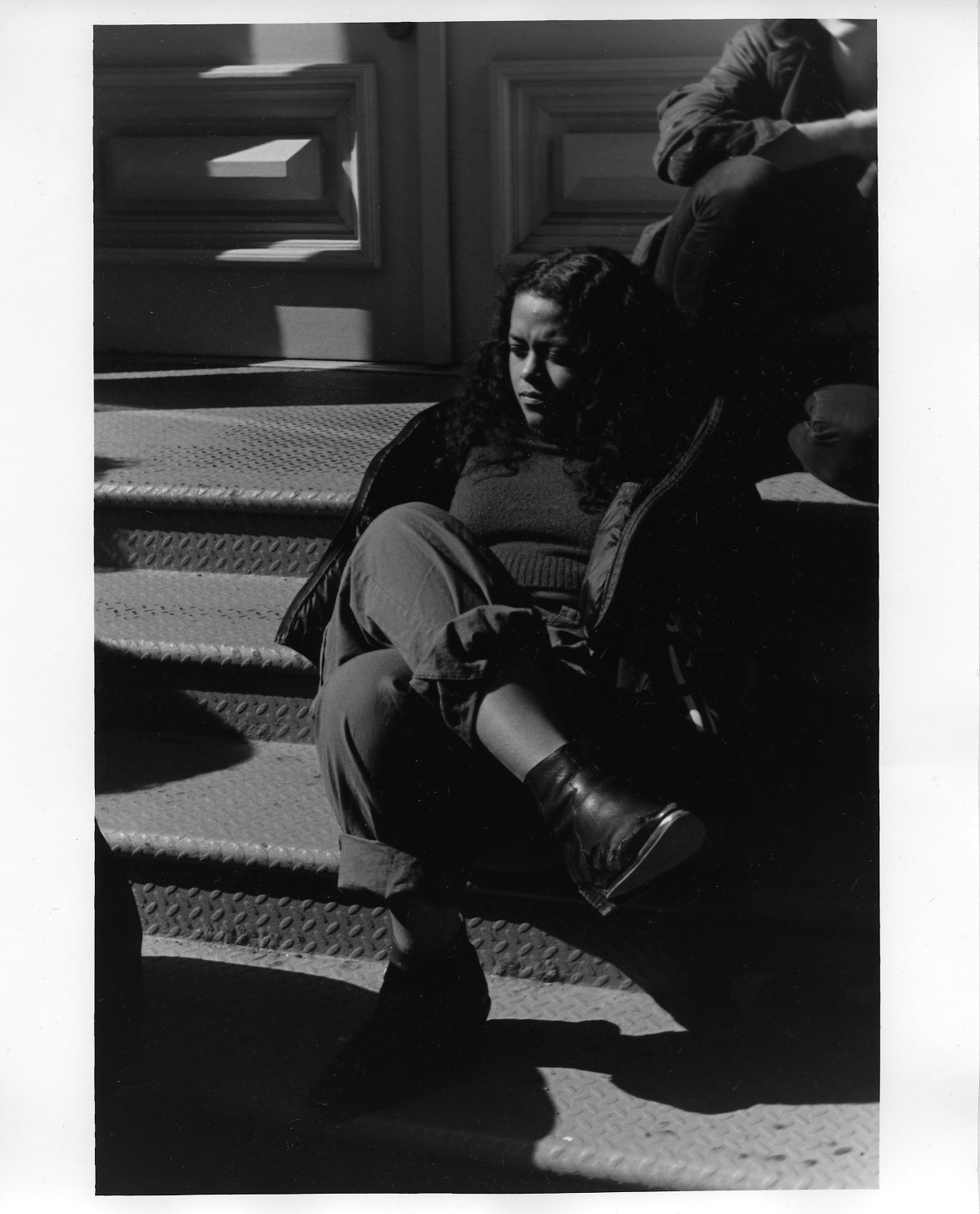
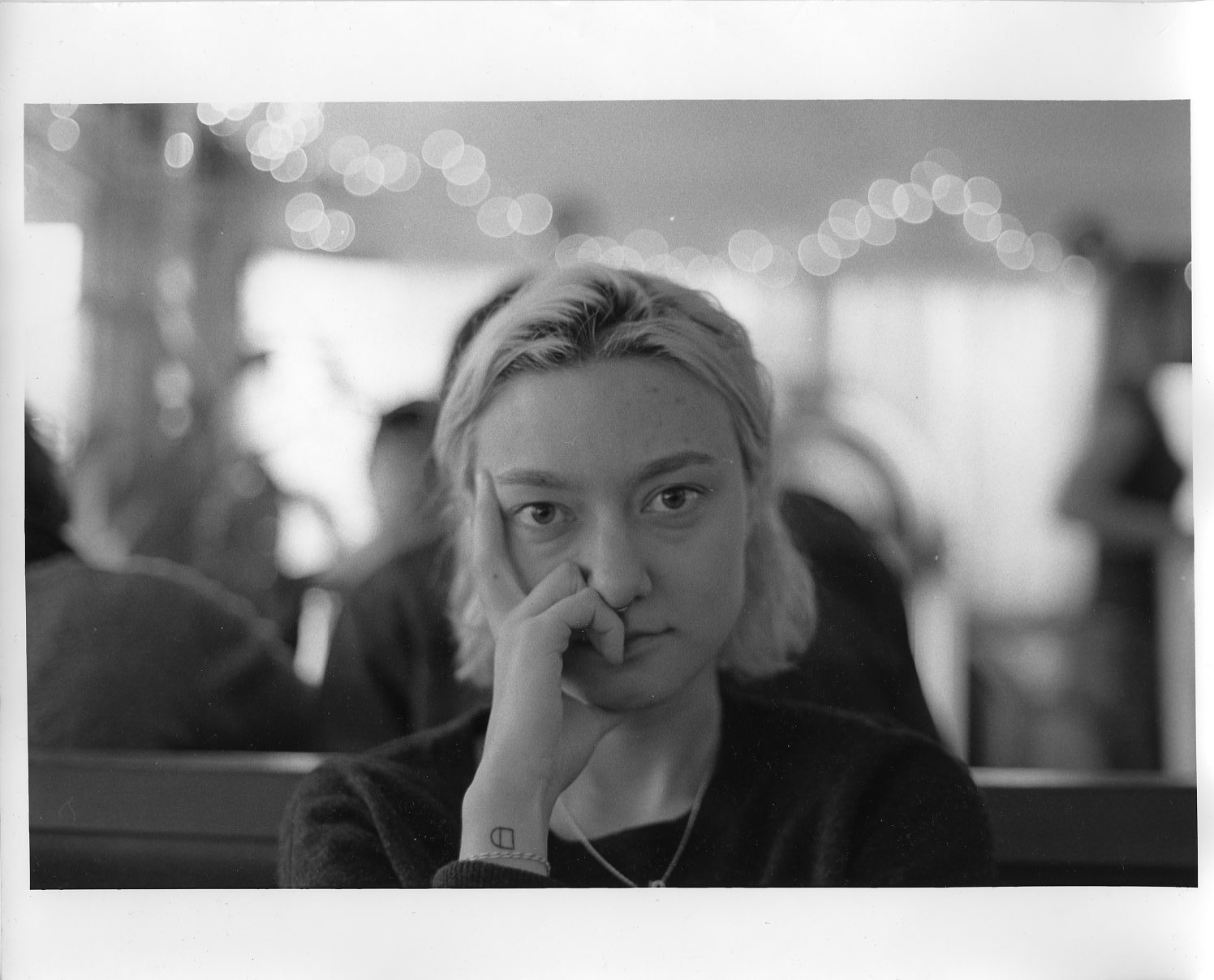
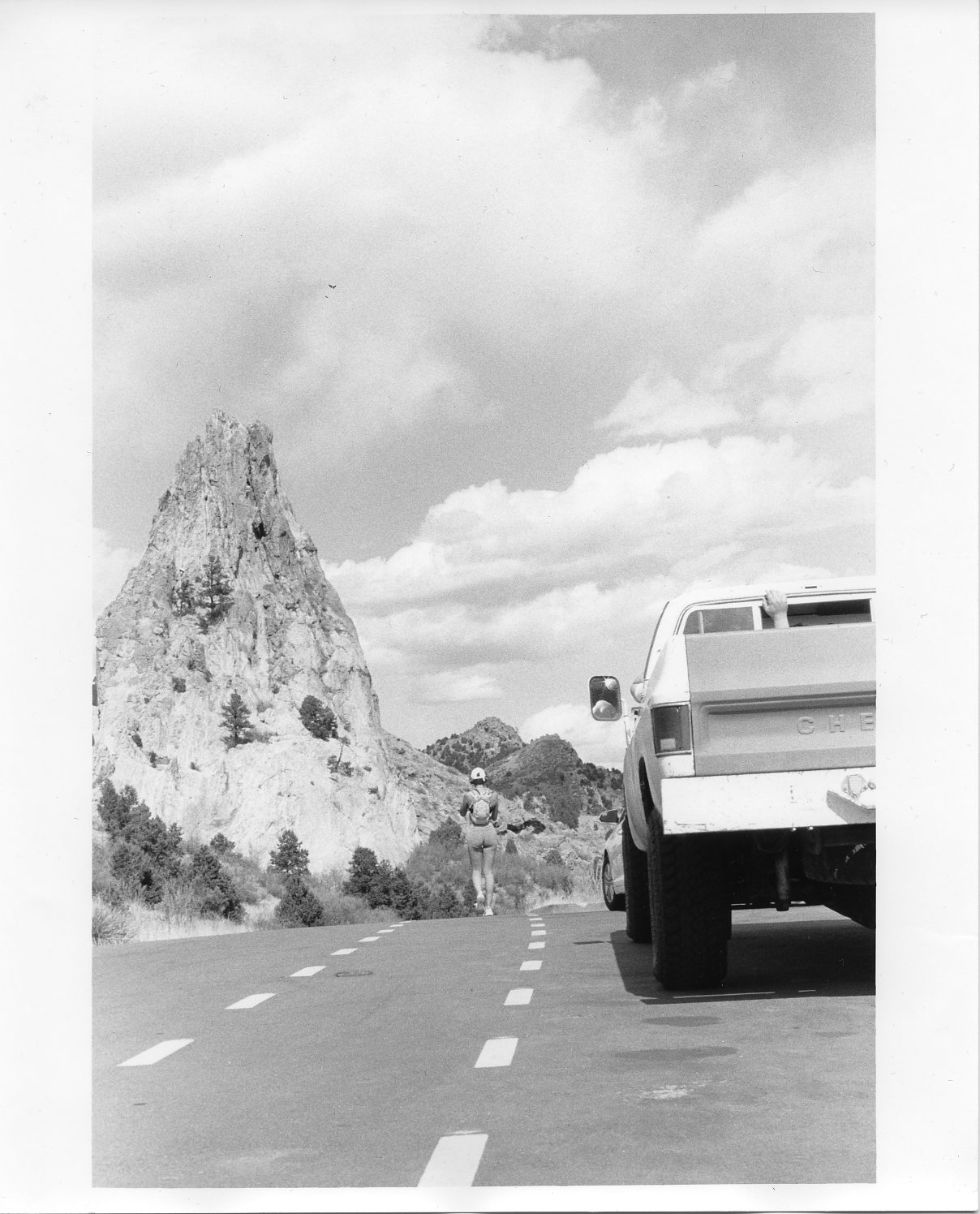
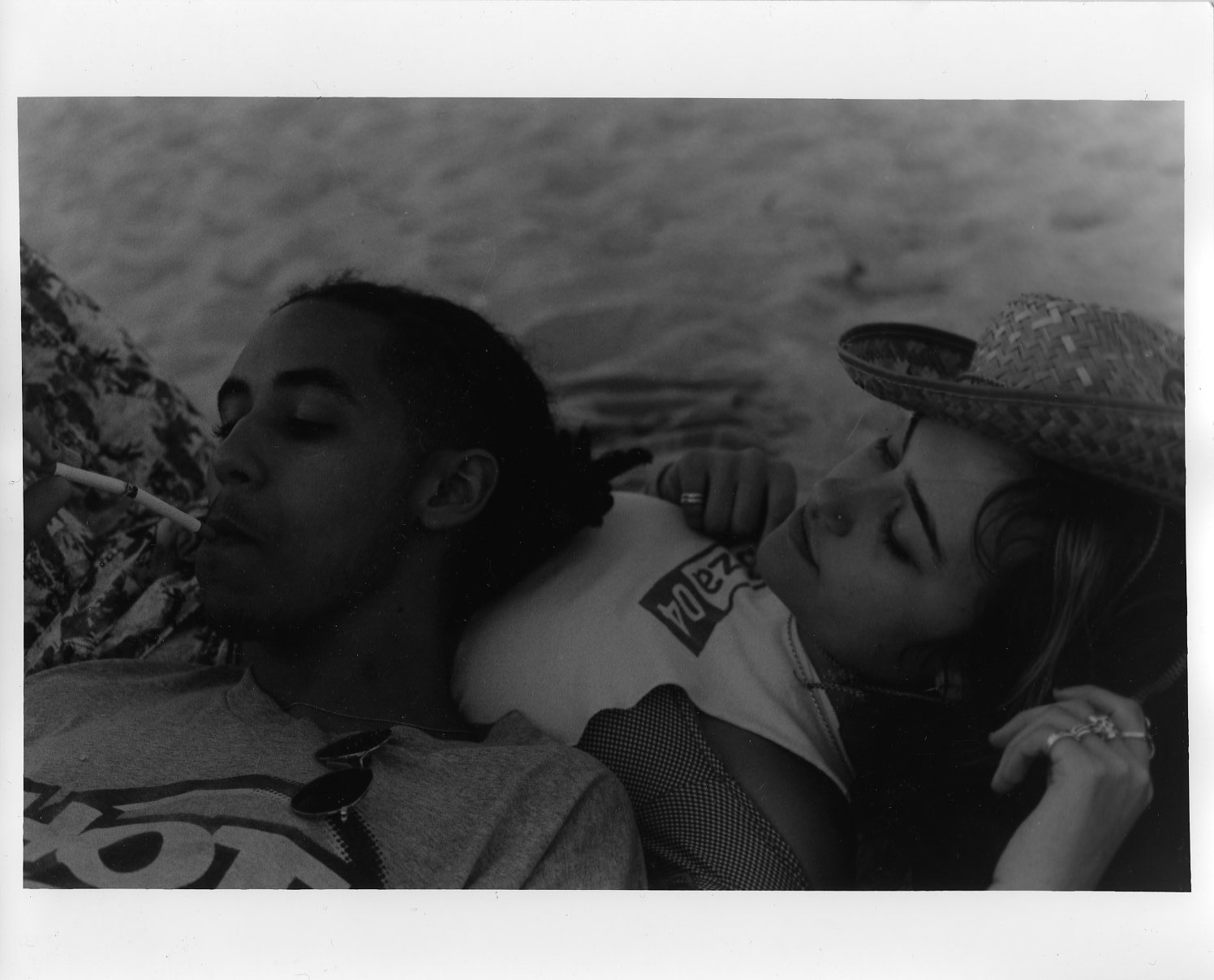
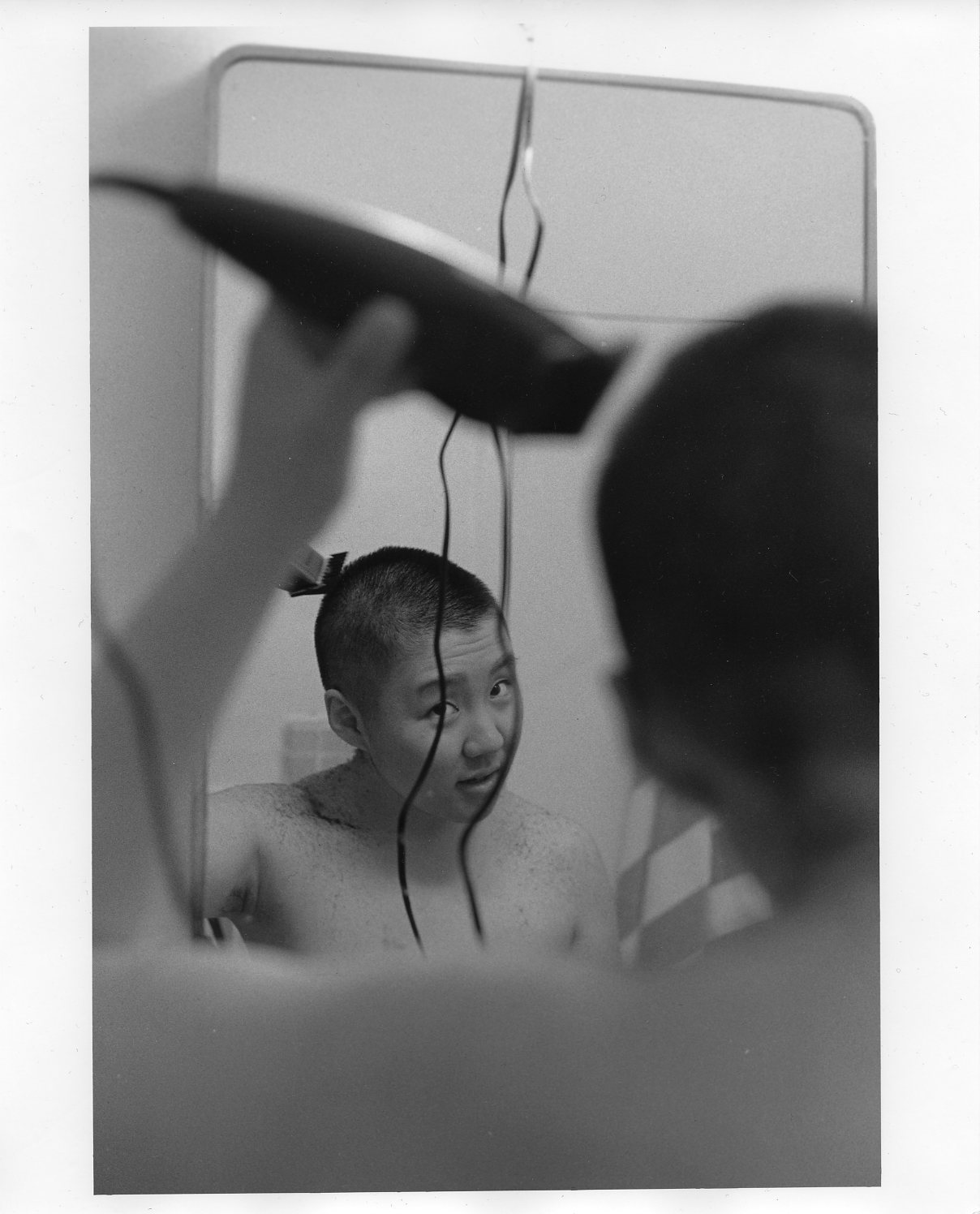
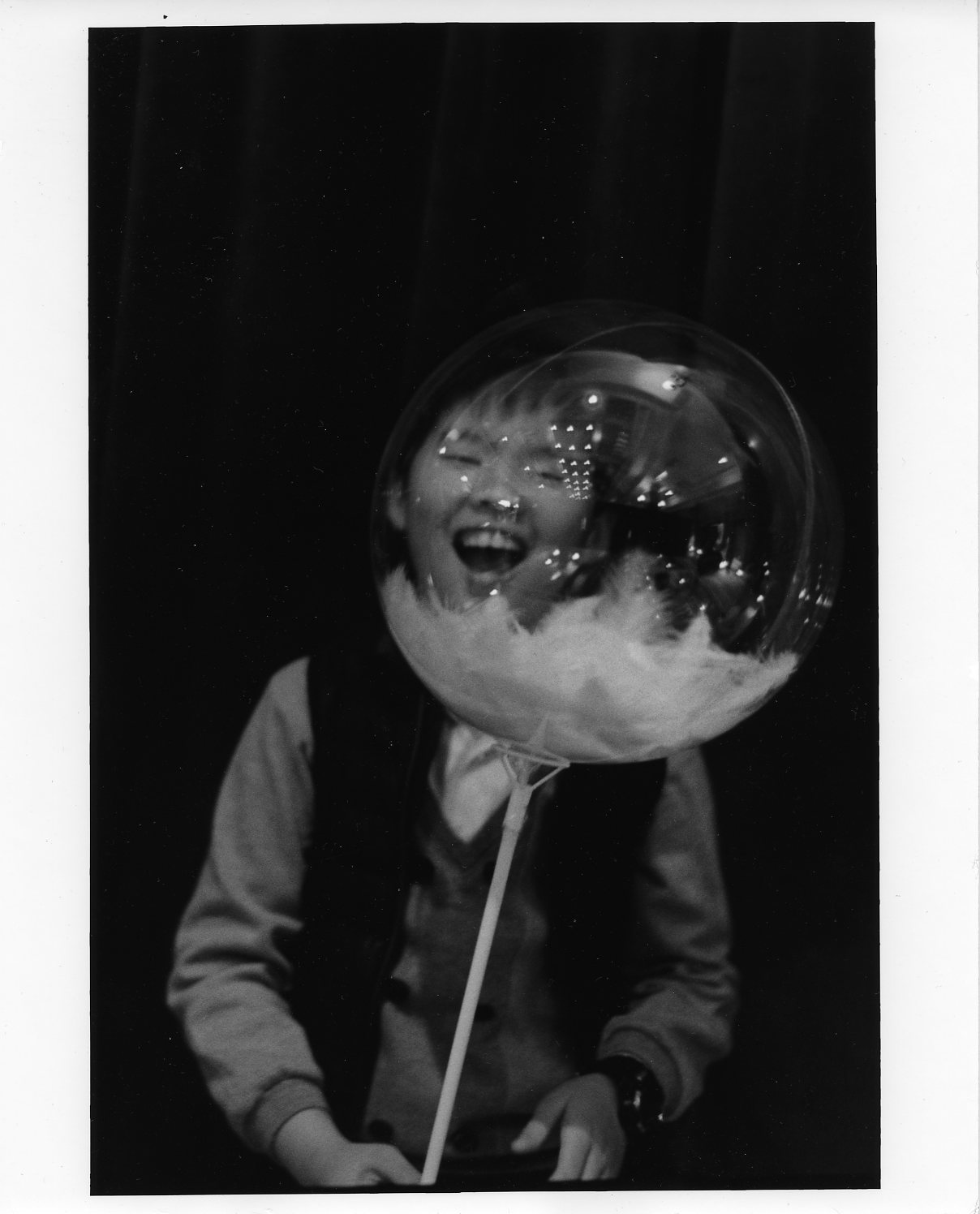
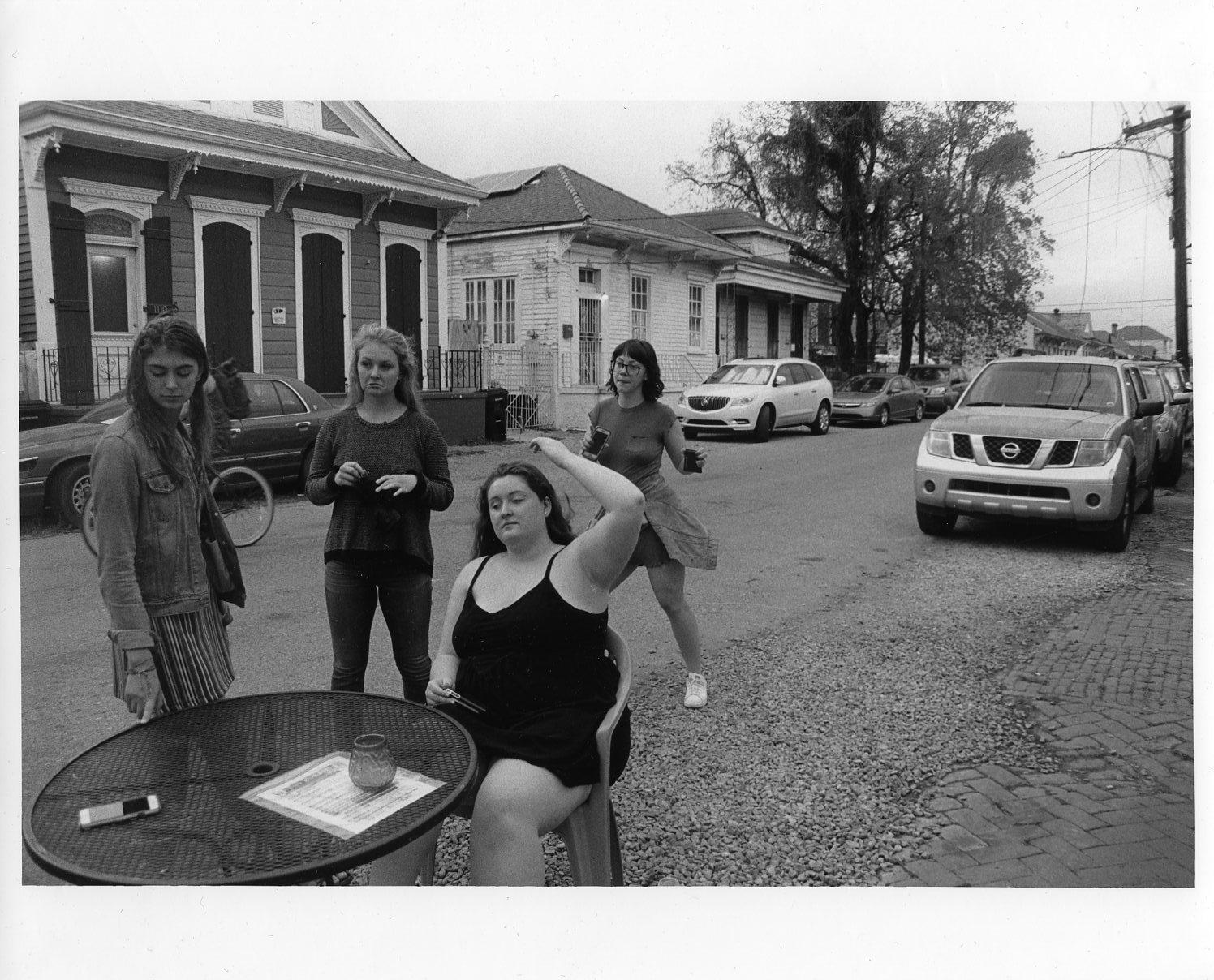
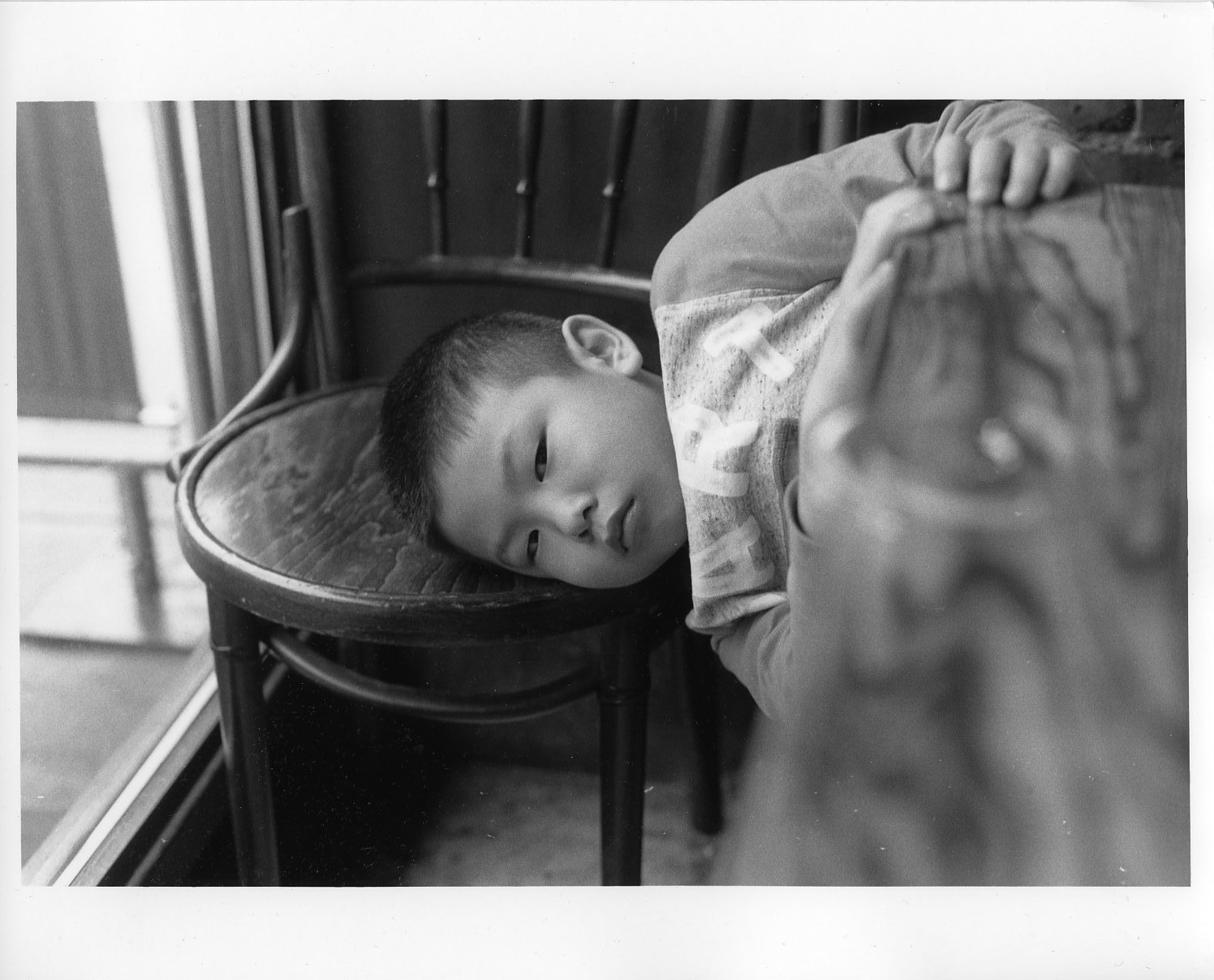
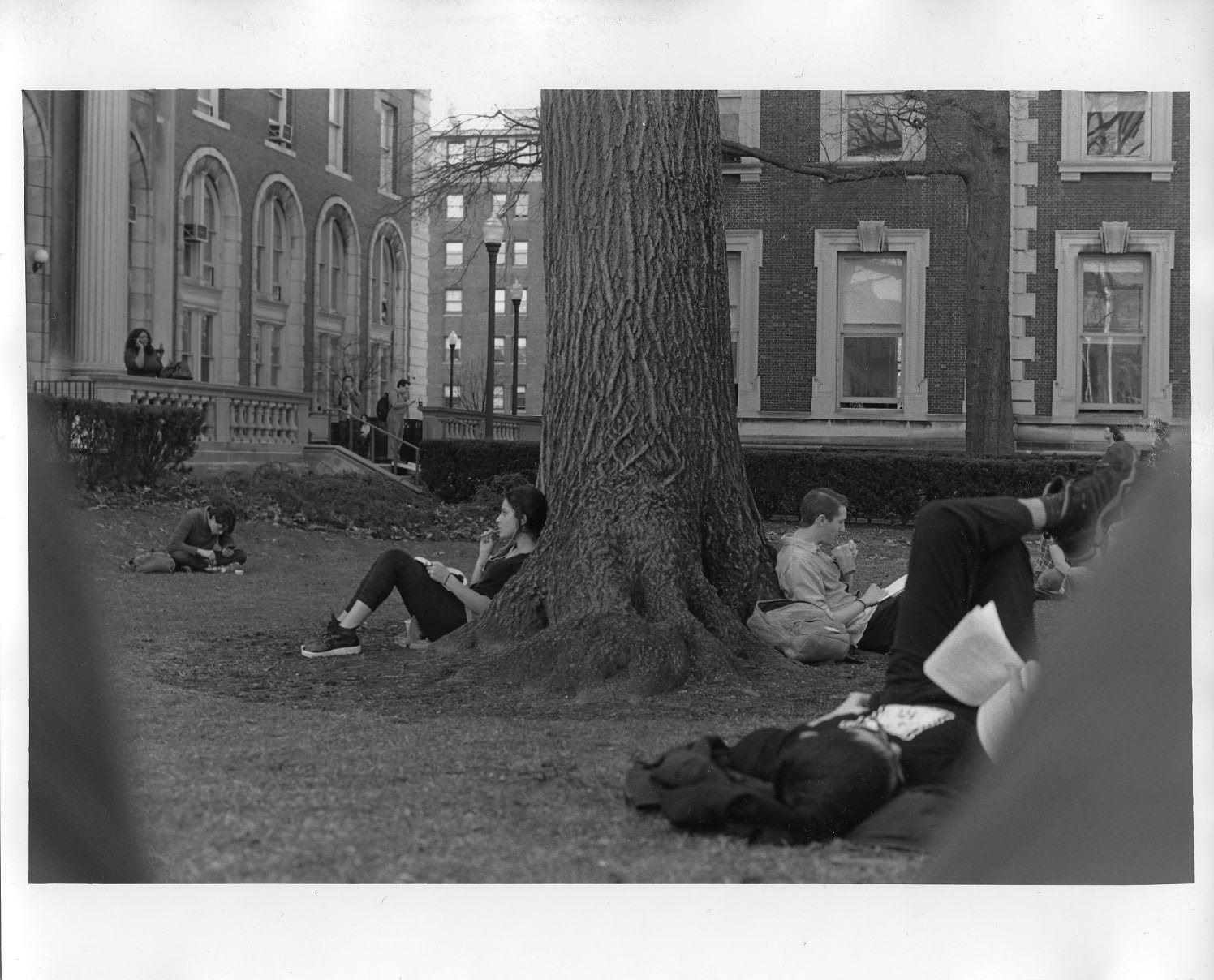
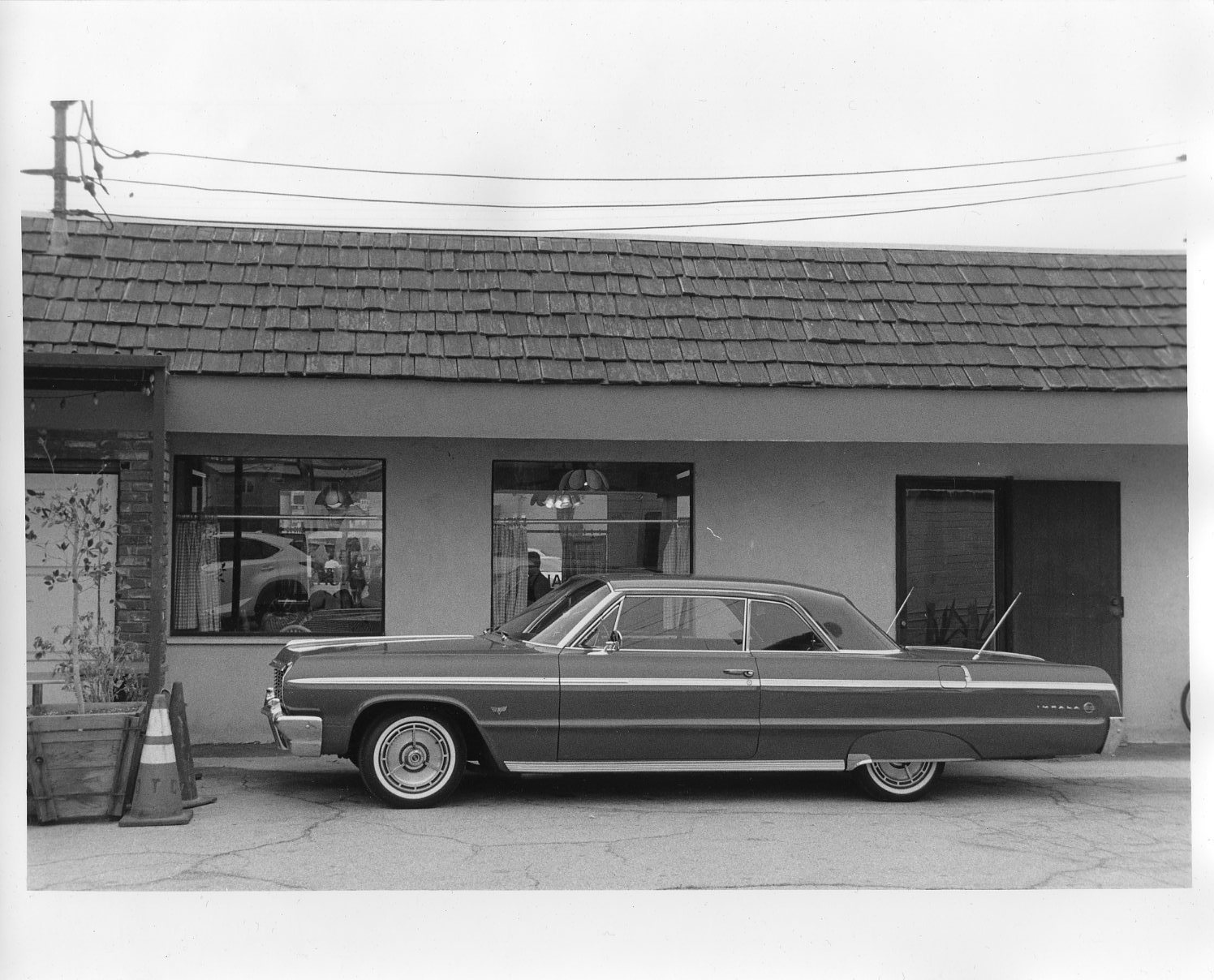
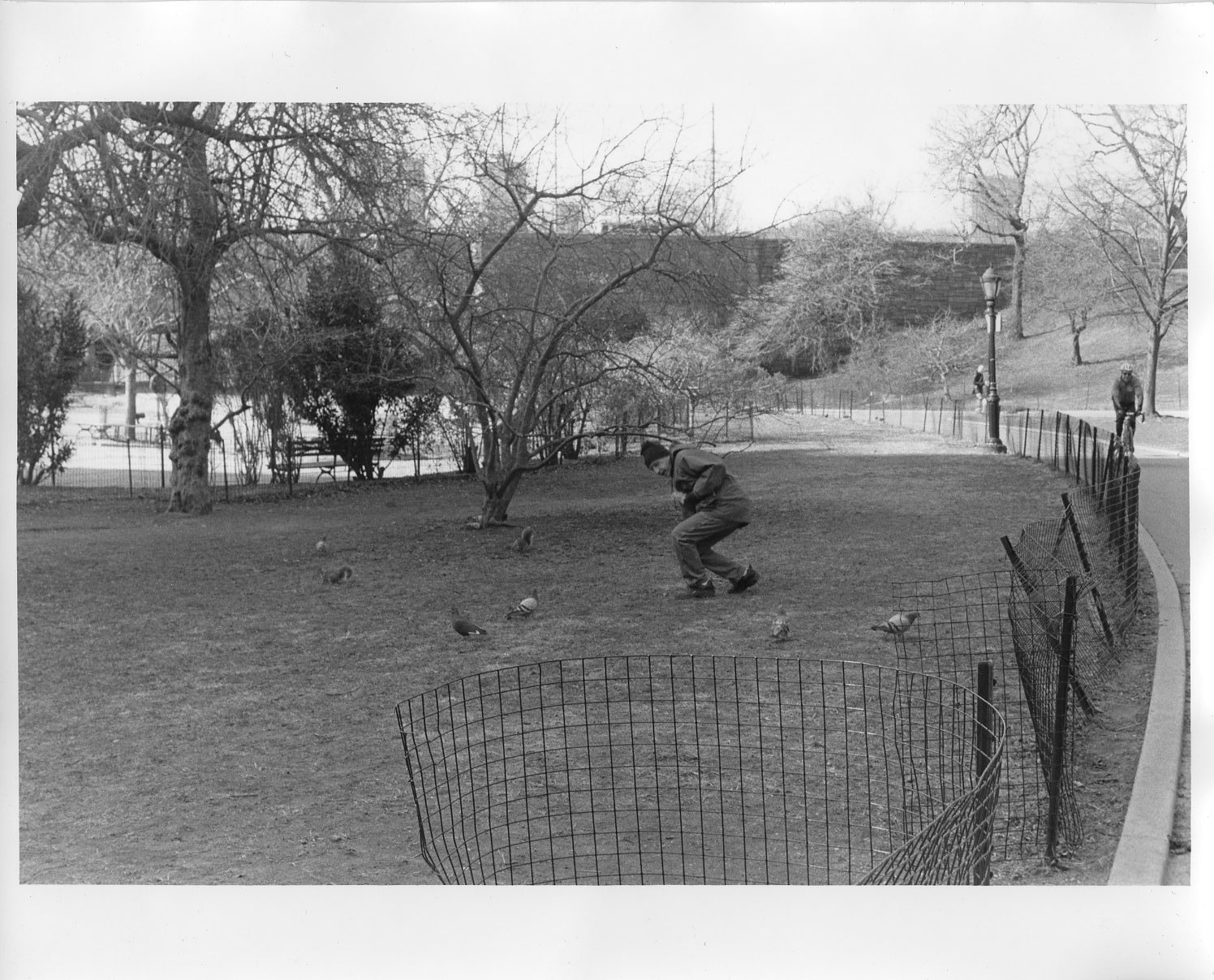
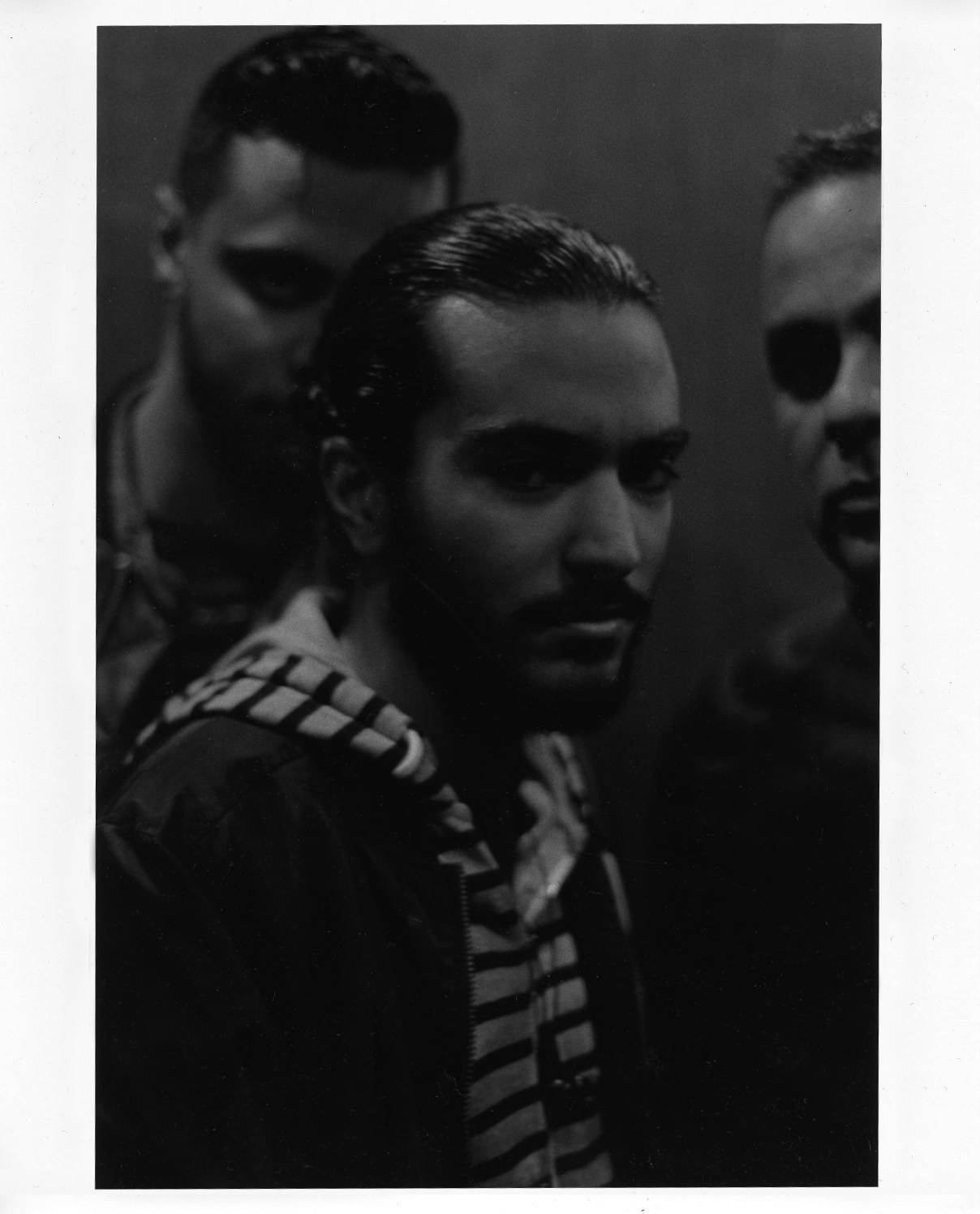
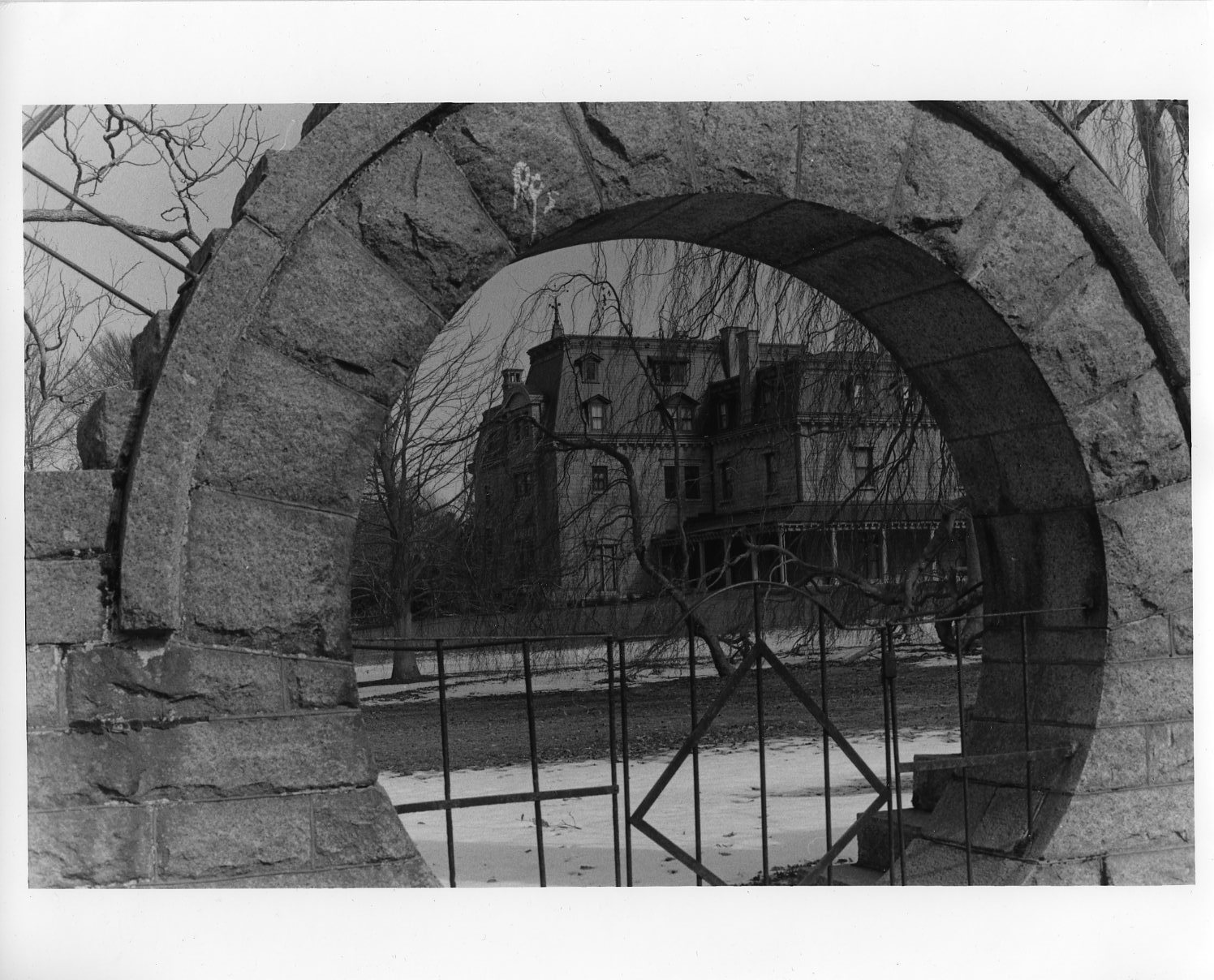
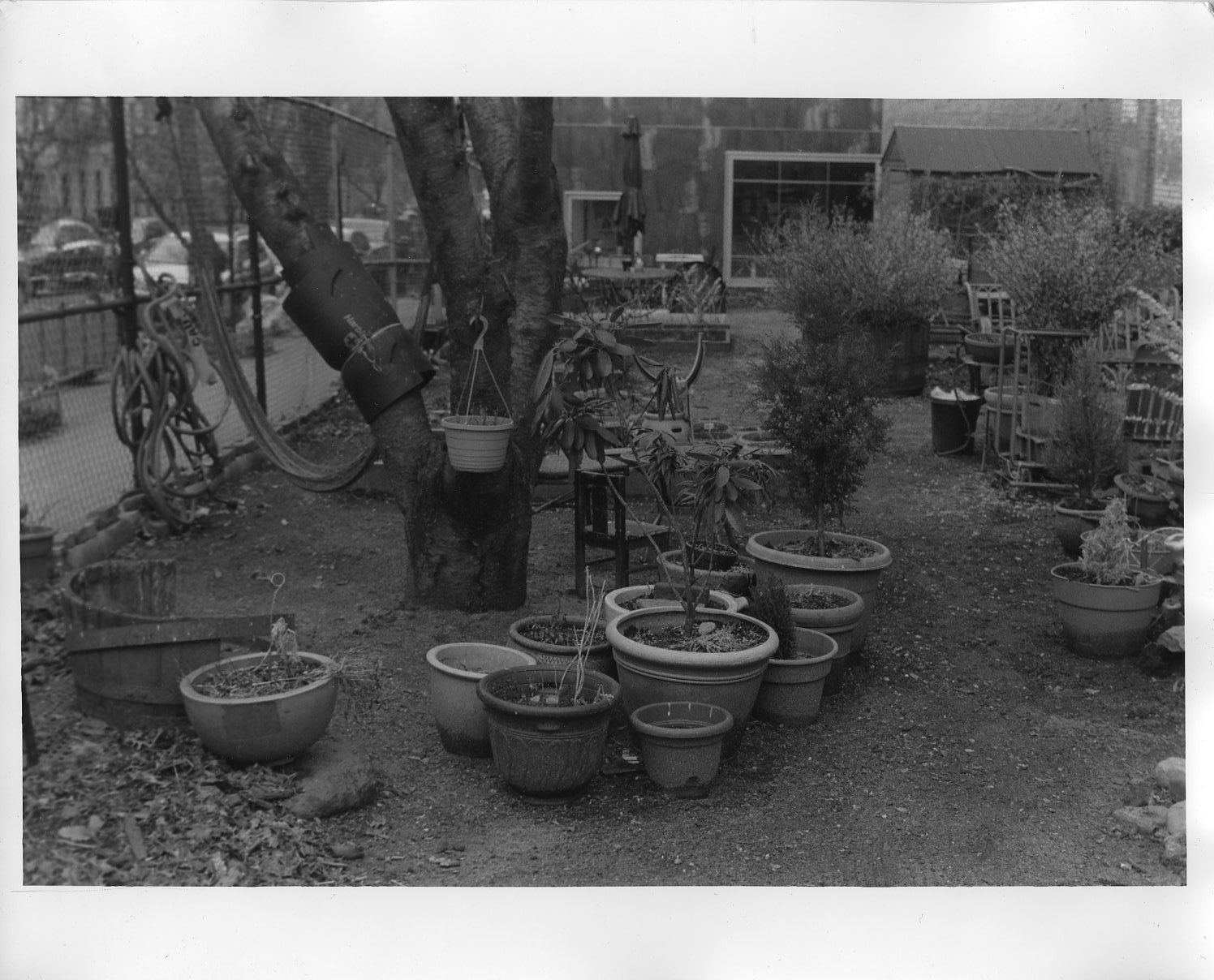
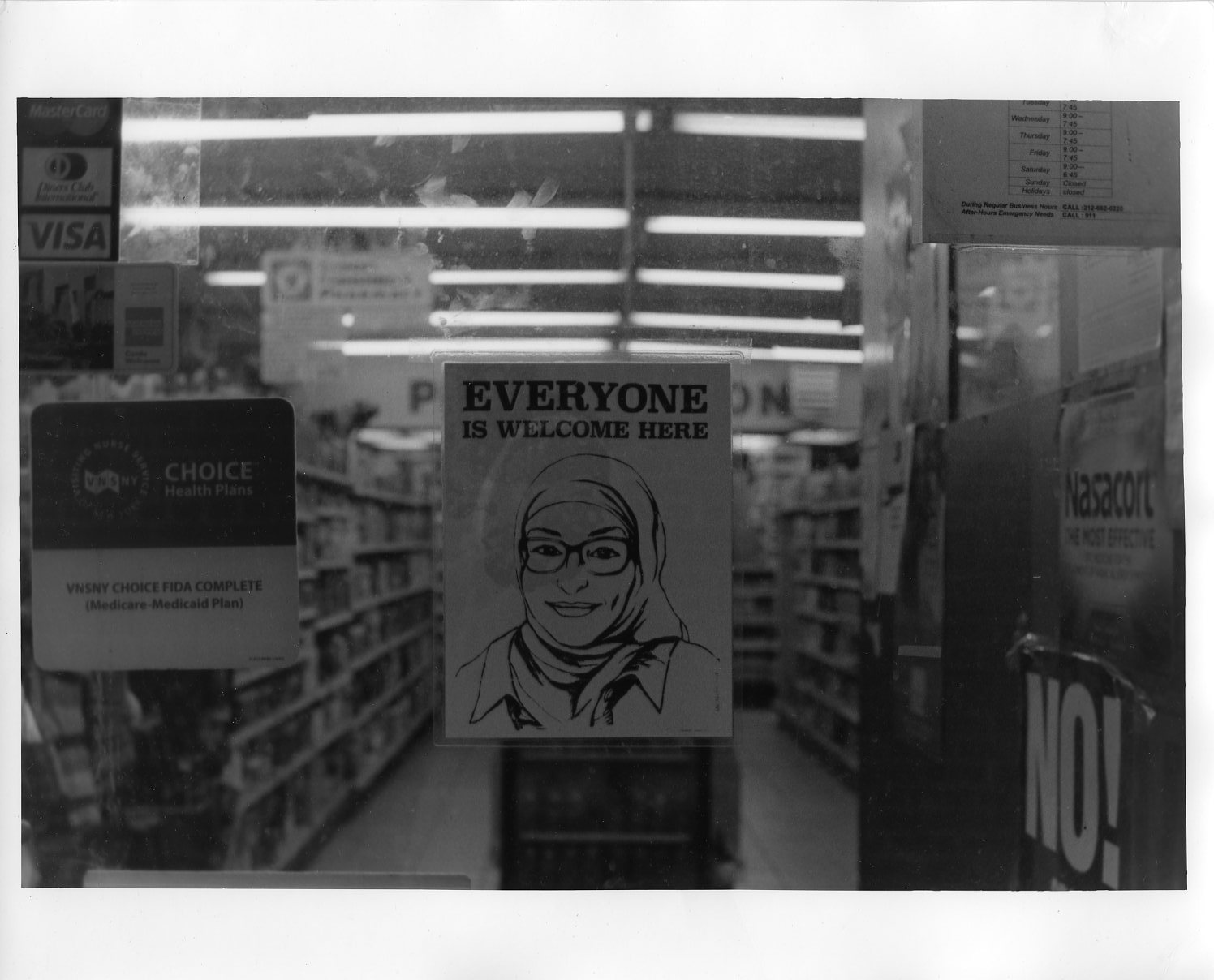
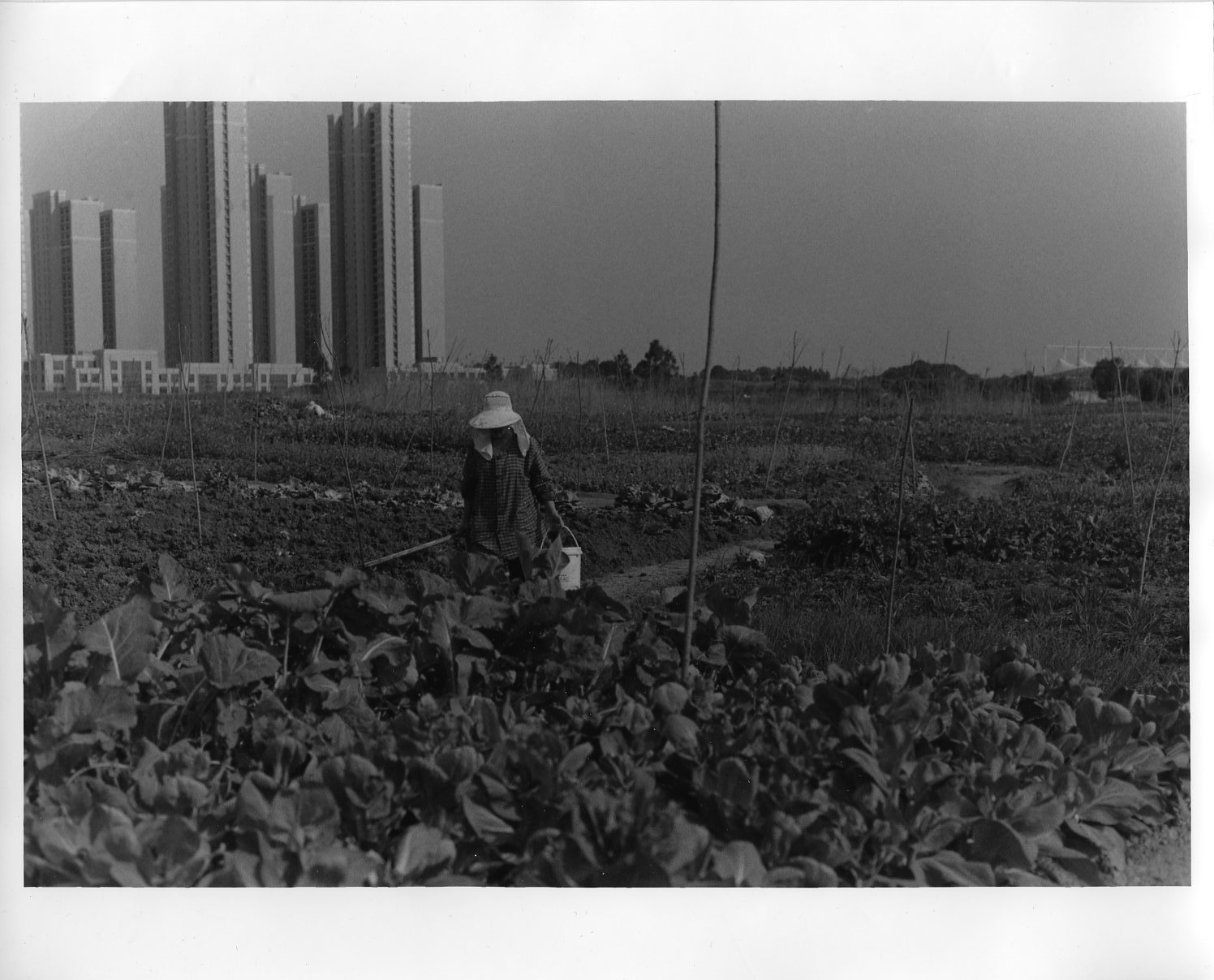
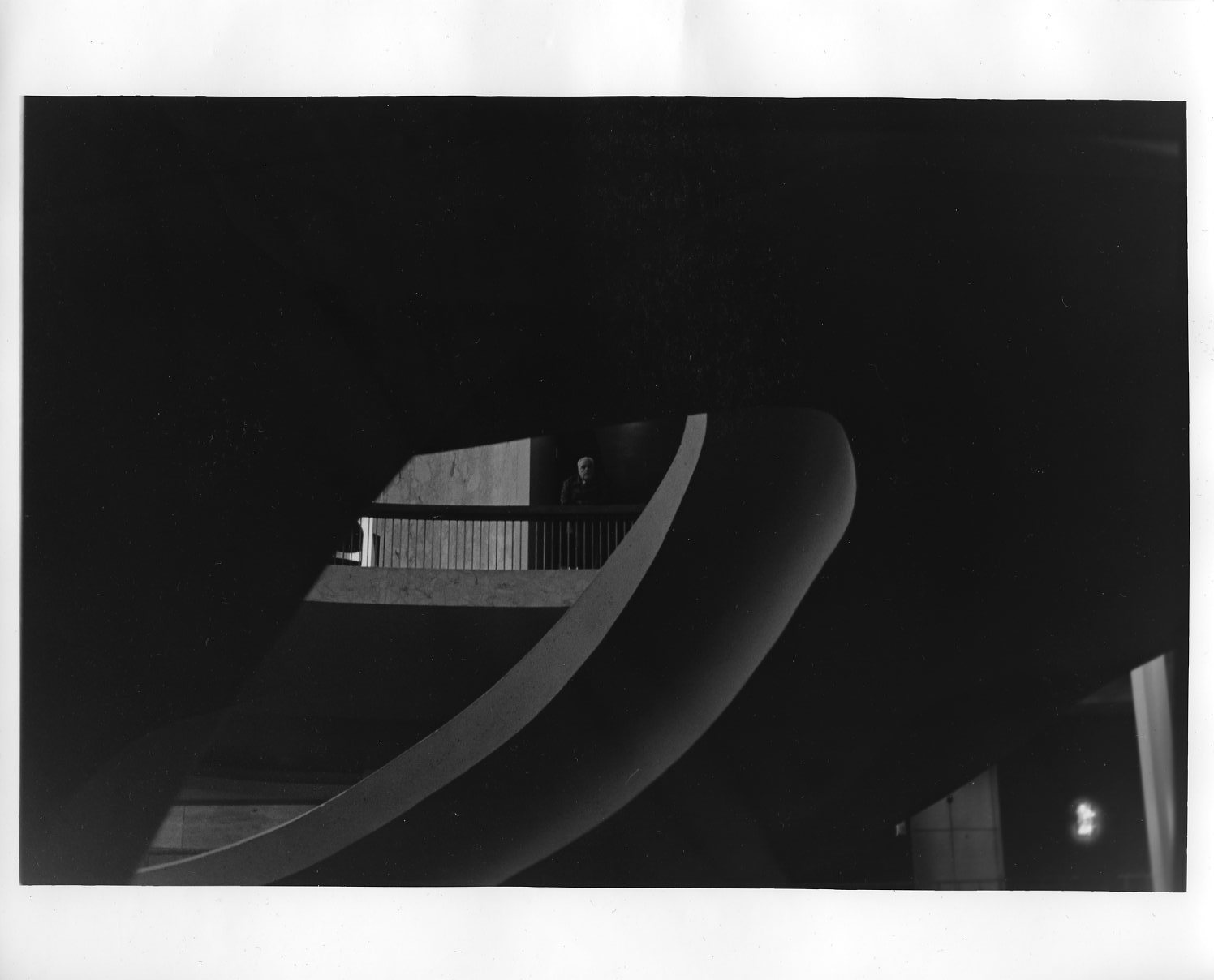
For more information about the Columbia Graduate Workers, click here.
This article originally appeared on VICE US.